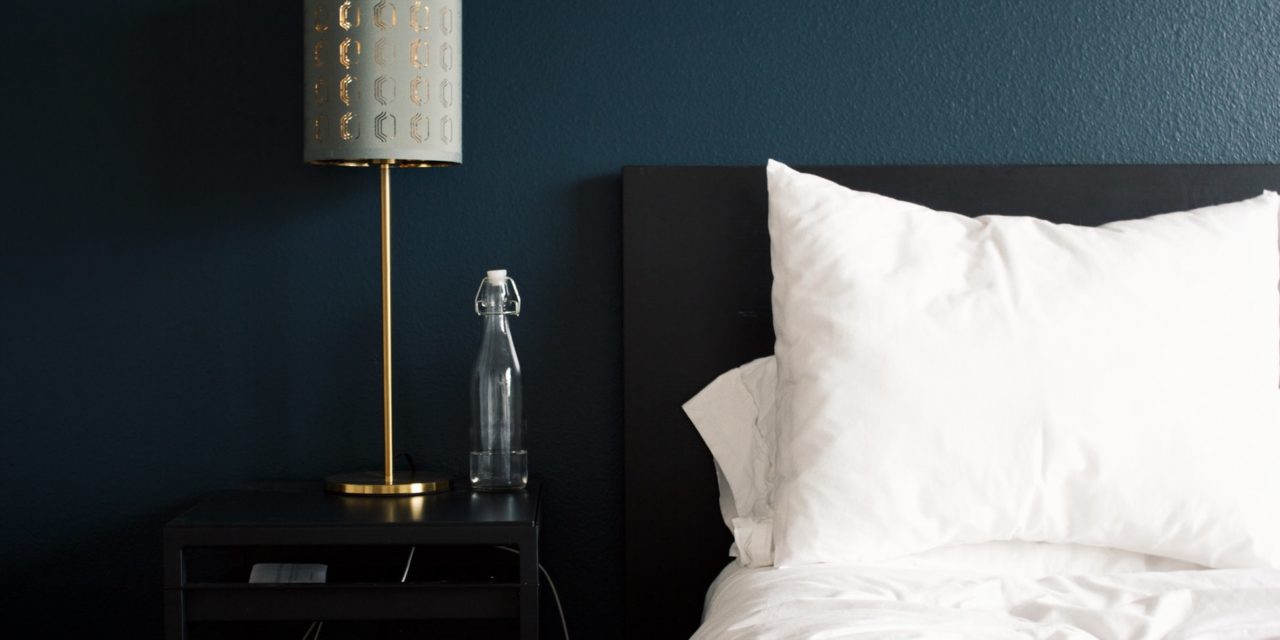[ad_1]
The first step to any bed bug control is really to identify the pests, making sure it is a bed bug that you are trying to eliminate.
Adult bed bugs are about 3/16-inch long and reddish brown, with oval, flattened bodies. They are sometimes mistaken for ticks or cockroaches. A bed bug infestation can be recognized by blood stains from crushed bugs or by dark rusty spots of excrement on sheets and mattresses, bed clothes, and walls.
Fecal spots, eggshells, and shed skins may be found in the vicinity of their hiding places. In sever populations you may notice a sweet, musty odor from their scent glands. Bed bug treatment is usually best achieved by following an integrated pest management (IPM) approach that involves multiple tactics, such as preventive measures, sanitation, and chemicals applied to targeted sites. You will also want to think about not reinfesting your home, bring more bed bugs back after you have just eliminated them. Carefully inspect your clothing and baggage if you are a traveler.
Check for fecal spots. Also rethink the second hand items, beds, bedding and furniture can be an easy way to bring bed bugs into your home. Bed bug control and getting rid of bed bugs requires a fair amount of time and effort to achieve success, but it can be done. One of the most important parts of the treatment is the inspection process. It takes time to remove bedding and flip mattresses and box springs and night stands but this is necessary and will make the treatment a success, meaning check before you spray!
Know your Enemy!
- You need a flashlight and a good back for bending over, getting on your hands and knees and moving furniture.
- When inspecting, look for black splatter marks (fecal material), little white specks stuck to surfaces (eggs), shed skins and the bugs themselves.
- Make note of these “hot spots”, however your treatment will be much greater than these areas alone.
An aerosol can be used to perform the detailed work in cracks and crevices. Utilizing the small particle size that comes out of the aerosol allows penetration deep into bedbug living areas.
Take the straw that comes with the can and put it on the spray can tip. Apply the aerosol to every seam on the mattress. Be sure you do both sides of the mattress and all the cording, handles and folds that are found on it. Do the same thing with the box springs. It is important to get the straw and material into the folds and seams.
You might not see the bedbugs, but they could be in the fold once you pull it back. The box spring is one of the biggest culprits for housing bedbugs. Flip the box springs over and get into the hollow portion of the box, including the wood framing and cloth areas. This will require you to remove the cheesecloth material from the bottom. You don't need it anyway. Apply aerosol to all the cracks and seams of the bed frame. Get material into every joint and screw hole and wherever two pieces meet. Apply the aerosol into every seam and joint on the headboard. Get the backside, the bottom and every void the flat bed bugs could hide.
[ad_2]
Source by Sarah Silvar


